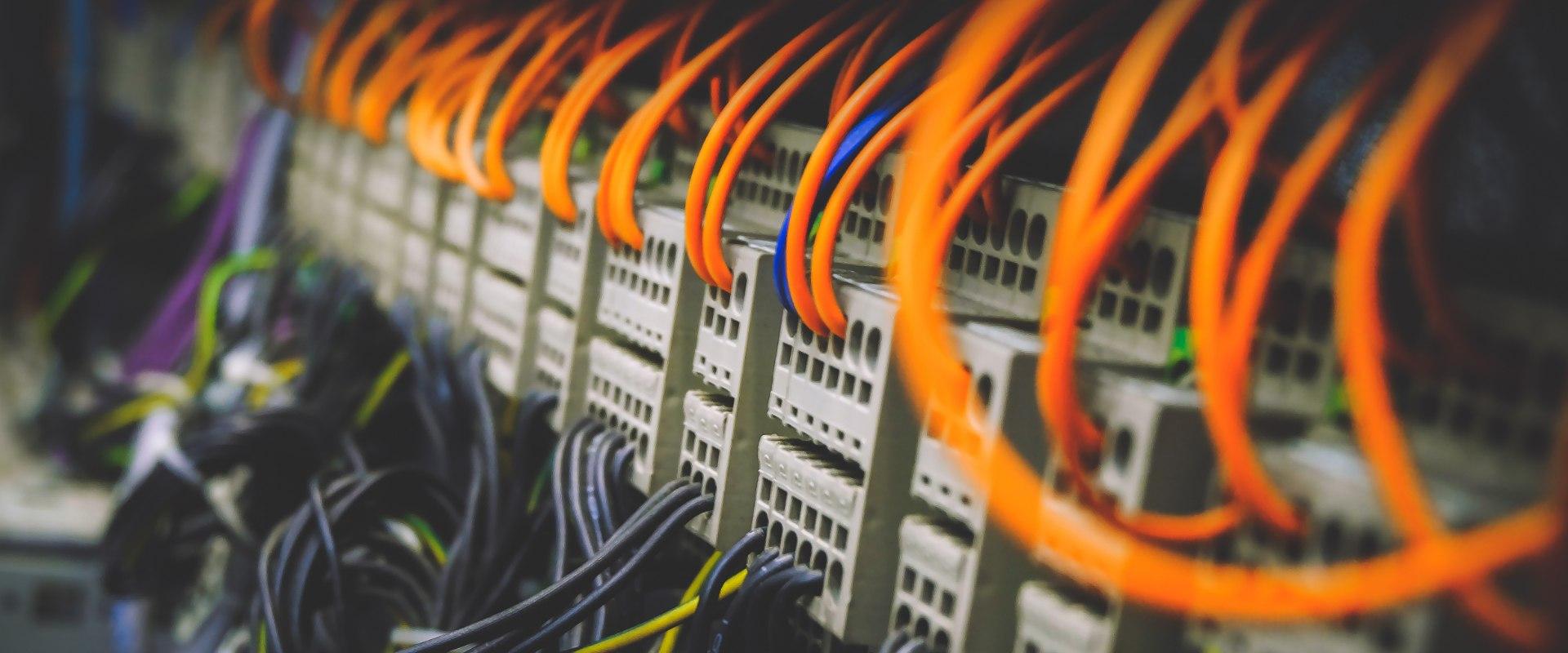

LabVIEW is designed for engineering and scientific applications – to allow a processor (such as a PC, mobile device, real time processor, FPGA or embedded processor) to control and/or monitor virtually any piece of hardware. National Instruments also manufactures a huge range of devices that act as interfaces between a PC and exterior hardware – data acquisition devices, GPIB cards, motor controllers etc – and they work with LabVIEW.
LabVIEW is a graphical language, taking the form of user interfaces and the code “behind” them that is mostly displayed as a flow diagram. This format is both appealing and intuitive. The LabVIEW environment itself is written in C.
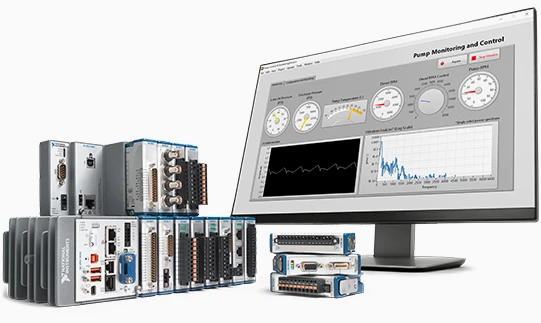
Often a system can be controlled or data can be acquired from it using analogue or digital voltage signals. Examples of this are almost endless, but include motor control, measurement of physical parameters such as temperature and pressure, image acquisition, switching of relays etc. National Instruments manufactures an enormous range of data acquisition cards and other data acquisition and signal conditioning hardware, and these integrate easily with LabVIEW. Sometimes the acquired data can be manipulated (e.g. using LabVIEW PID routines) and then used to send out control signals.
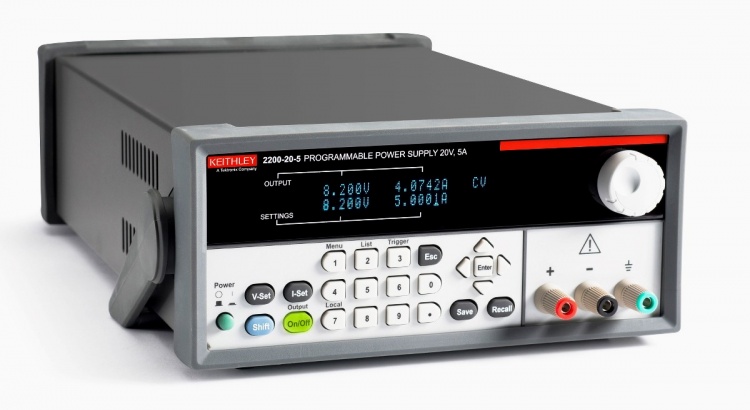
Using communication protocols such as serial, GPIB, USB, Ethernet, CAN, modbus and FireWire, LabVIEW can communicate with almost any instrument (for control or data acquisition purposes). Routines can be written from scratch to achieve this, but there are also now hundreds of instrument drivers, written in LabVIEW, available from National Instruments. Again, National Instruments supplies the cards and cables to connect the computer to the external device.
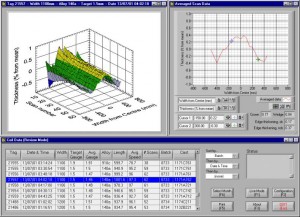
LabVIEW can provide attractive and user-friendly Windows interfaces such as the one shown here, from one of our programs.
Data can be stored in text files or binary files. In addition, by communicating with other applications such as Microsoft Excel, Access and Word using ActiveX, LabVIEW can utilise the display and storage formats of those applications. For example, LabVIEW can send data into an Excel spreadsheet and instruct Excel to save it as an xlsx file, or LabVIEW can produce reports in Word.
LabVIEW contains a vast array of mathematical and logical functions for analysing data. Several toolkits are available which extend this functionality even further.
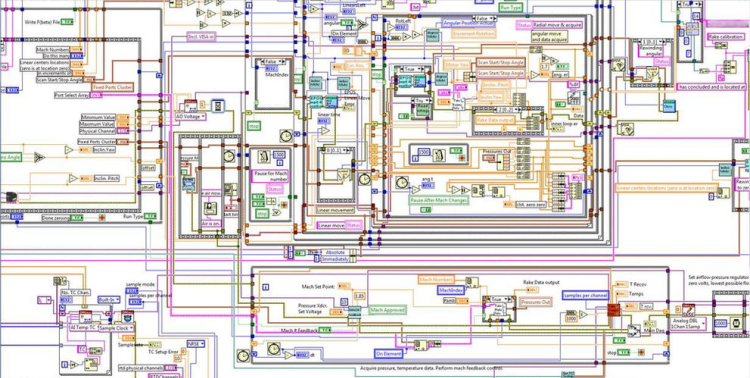
The user base for LabVIEW is massive and is worldwide. This has several advantages such as the existence of a large number of “instrument drivers”. Many people “dabble” in LabVIEW though, without being familiar with its extensive feature set. They therefore fail to follow good programming practises and as a result, many LabVIEW programs are a “nightmare” to modify and maintain, often becoming a mess of sprawling code, as seen in the image.
We would be happy to help if you want a high quality, user-friendly program.
For information on LabVIEW programming at LiveWires, visit our LabVIEW Expert page or contact us.